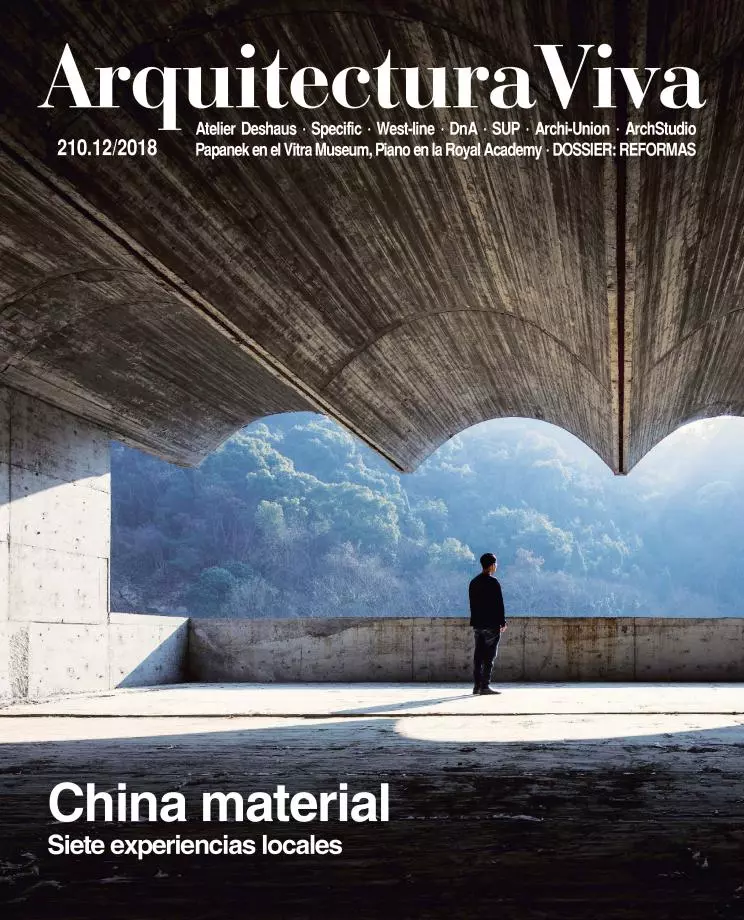
For centuries the construction of cities has been the fruit of consensus among a few agents. Investors, hand in hand with political powers-that-be, raised urban districts under the dictates of urban planners giving bullet-point answers to the challenges of society. The European gridded expansions of the 19th century and the rationalist cities of the mid-20th had signature authors.
Now we are well into the 21st and have seen a phenomenon all but cracking the 19th-century model; urban populations remain concentrated in just 2% of the planet’s surface, but consume most of its natural resources and cause local problems like traffic congestion and the degradation of air quality.
Such a global context forces the metropolis to find ways to confront challenges that surpass their scope of intervention – climate change, accelerated urbanization processes, preservation of local identity in the face of globalization – without sacrificing their competitiveness and without abandoning their efforts to keep up with digital transformation. The new paradigm makes it necessary to reformulate urban models by means of a framework of collaboration among multiple layers of knowledge and the agents involved in the construction of the territory.
The transformation of the Bilbao estuary was undertaken on the premise of gaining back its people’s ‘right to the city.’ The creation of new spaces for social interaction devolved the feeling of belonging to the citizens, and provided the living model that the inhabitants of Bilbao, as members of an open and cosmopolitan society, wanted, which translated into a manifest sentiment of pride.
Bilbao’s regeneration has spread to the Bay of Santander, where the public sector has been able to reconcile answers to rather opposed interests. The port, the city, and its culture have undergone a transformation that has proven profitable from several points of view. The Botín Foundation, the ISAF World Sailing Cup (2014), and the LaFuente Archive (Reina Sofía Museum) are only some of the agents that have come to Santander since 2014, lured by the new urban interventions.
The change has also been taking place in the real estate sector, with returns on investment pulled up by the generation of territorial value. Proposals like Porta Nuova in Milan, for example, are solving the old dilemma between urban growth and environmental conservation. Bosco Verticale by Stefano Boeri also shows how the new crop of urban designs generates positive impacts on the urban environment while making it possible to ensure biodiversity in regenerated zones.
Global corporations seek to attract ‘Knowledge Capital’ to their companies. This forces them to open shop in areas where diversity, training, and talent abound. But when they get there, they do not impose their models (as economies did in the 1980s with their high-rise constructions), but set out to take up the values of the territory in question. So, for instance, Google’s site in King’s Cross hopes to put the best of British talent at the service of its global business instead of simply transplanting Silicon Valley to Victorian London. The new buildings wants to interact with the street, blend into the urban fabric, and present true London values.
We are living and seeing a paradigm shift that ought to be able to fabricate new responses to the built realm. These solutions will require not only the training of multidisciplinary teams, as is already happening now, but also giving free rein to a whole new generation of professionals empowered with the capacity to take up the challenges and opportunities of the new urban era from a holistic perspective.
Flavio Tejada heads the European Cities Business area of Arup.





